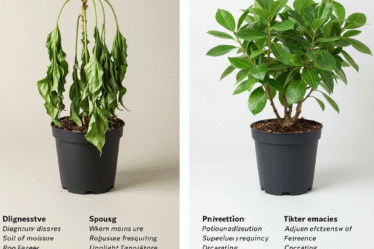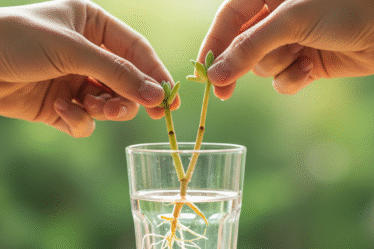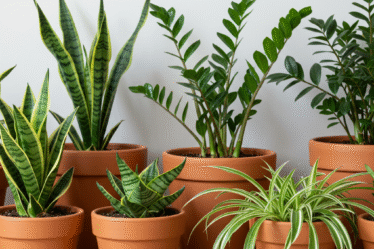
Light, the lifeblood of plants, plays a crucial role in their growth, vibrancy, and overall health. Understanding how different light conditions affect your houseplants is essential for creating a thriving indoor jungle. This article delves into the fascinating interplay between light and plant development, offering practical advice for optimizing your indoor lighting strategy.
From the subtle shifts in shade throughout the day to the varying intensities provided by different window exposures, light acts as a conductor, orchestrating a plant’s internal processes. Insufficient light can lead to leggy growth, pale leaves, and a general lack of vigor, a phenomenon often seen in plants struggling to reach for a distant light source. Conversely, excessive light, especially direct midday sun, can scorch delicate foliage, leaving unsightly brown patches and hindering healthy development.
East-facing windows provide gentle morning light, ideal for many houseplants that prefer indirect illumination. These windows offer a balance of brightness and shade, mimicking the dappled light found under a forest canopy. West-facing windows, on the other hand, deliver intense afternoon sun, suitable for sun-loving species like cacti and succulents. South-facing windows offer the most intense light, requiring careful management to prevent sunburn. Sheer curtains or strategically placed plants can help diffuse the light, creating a more hospitable environment. North-facing windows provide the least amount of light and are best suited for low-light tolerant plants such as snake plants and ZZ plants.
Beyond window direction, the quality of light also matters. The color spectrum of light influences plant growth. Blue light promotes leafy growth, while red light encourages flowering and fruiting. Artificial grow lights can supplement natural light, especially during winter months or in rooms with limited natural illumination. LED grow lights are energy-efficient and offer customizable light spectrums to cater to the specific needs of different plant species.
Observing your plants closely is key to understanding their light requirements. Drooping leaves, yellowing foliage, or stunted growth can all be signs of inadequate lighting. Conversely, scorched or bleached leaves indicate excessive light exposure. By paying attention to these subtle cues, you can fine-tune your lighting strategy and create an environment where your houseplants can flourish. Remember, even small adjustments in light placement can make a world of difference in the health and vibrancy of your indoor garden.
Ultimately, mastering the art of light management empowers you to cultivate a thriving indoor oasis. By understanding the nuances of light intensity, duration, and quality, you can unlock the full potential of your houseplants, transforming your home into a vibrant sanctuary of green.



